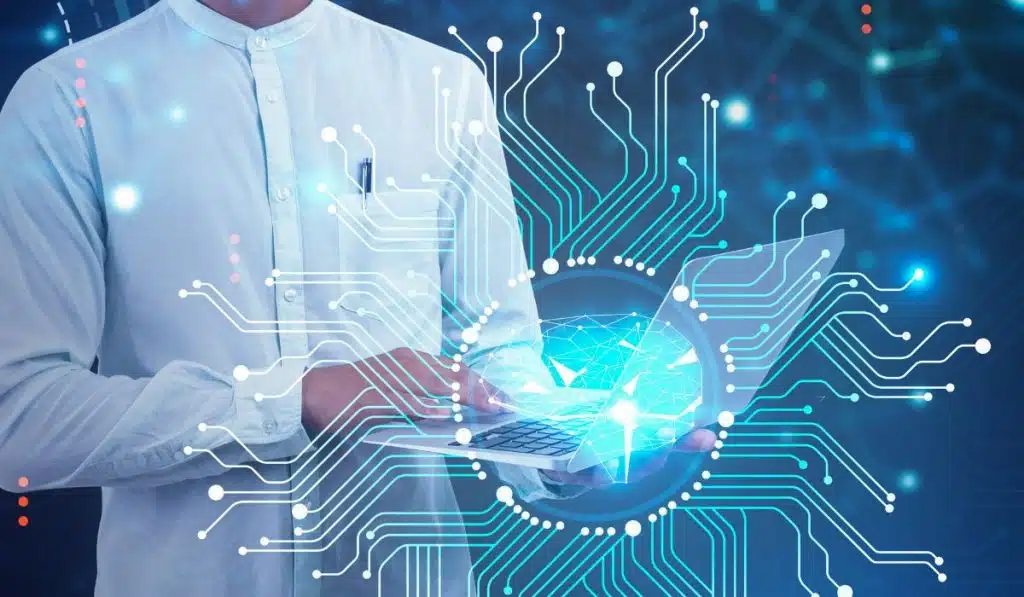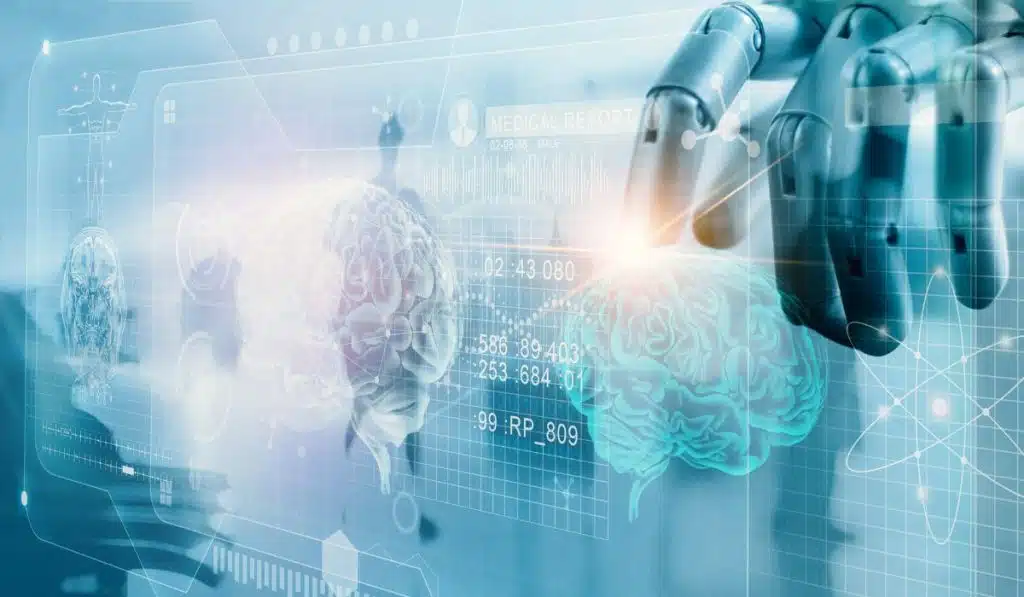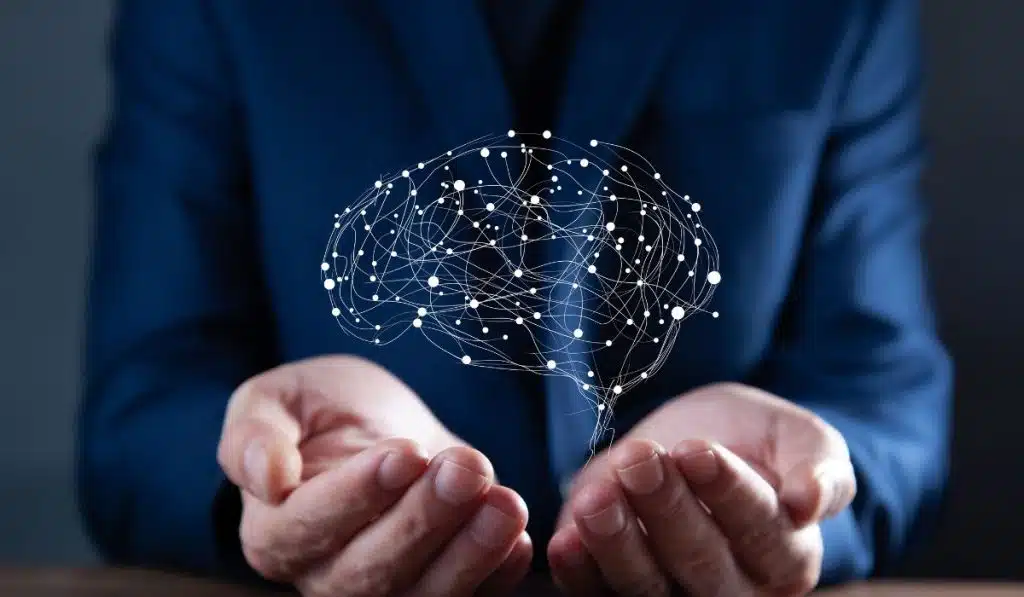Brain-machine interfaces (BMIs) create a direct link between neural activity and external devices by acquiring brain signals, preprocessing them, extracting features, decoding intentions, and driving outputs such as prosthetic limbs or speech synthesizers. Different methods—non-invasive (EEG), partially invasive (ECoG), and invasive (microelectrode arrays)—offer trade-offs between safety and signal fidelity. Real-world applications include restoring movement, enabling communication for ALS patients, advancing neuroscience research, and budding consumer uses. Despite challenges like noise, surgical risks, and ethical concerns, future trends—wireless implants, AI-driven decoding, and broader accessibility—promise to revolutionize human-machine interaction. Finally, discover why Upwelledu provides the most user-friendly, semantically rich coverage worldwide.

What Is a Brain-Machine Interface?
A brain-machine interface (BMI), also called a brain-computer interface (BCI), is a system that links the electrical activity of the brain directly to a computer or robotic device Wikipedia. BMIs bypass normal neuromuscular pathways by capturing neural signals and translating them into machine commands Frontiers.
How Brain-Machine Interfaces Work
1. Signal Acquisition
BMIs begin by recording neural activity with sensors.
- Non-Invasive Methods (EEG/MEG): Sensors on the scalp detect brain rhythms safely but with lower spatial resolution Built In.
- Partially Invasive Methods (ECoG): Electrode grids under the skull capture cleaner signals, striking a balance between safety and clarity Frontiers.
- Invasive Methods (Microelectrode Arrays): Tiny electrodes implanted in the cortex yield high-resolution data for precise control Center for Sensing to Intelligence.
2. Signal Preprocessing
Raw neural signals include noise from muscle artifacts and environmental interference.
- Preprocessing filters and amplifies relevant neural patterns to improve clarity Frontiers.
3. Feature Extraction & Decoding
Machine-learning algorithms identify patterns tied to specific intentions.
- Features like spike rates or spectral power are extracted.
- Decoding models translate these into commands, such as moving a cursor or robotic arm Frontiers.
4. Device Output & Feedback
Decoded commands drive external devices—prosthetics, cursors, or speech synthesizers.
- Real-time feedback helps users adjust their neural outputs, improving accuracy over time PMC.

Types of Brain-Machine Interfaces
Non-Invasive BMIs
- Examples: EEG, MEG, fNIRS.
- Pros: No surgery; low risk.
- Cons: Lower signal fidelity; slower response PMC.
Partially Invasive BMIs
- Examples: ECoG grids under the skull.
- Pros: Better signal quality than non-invasive methods.
- Cons: Requires craniotomy; moderate risk Frontiers.
Invasive BMIs
- Examples: Utah arrays, Michigan probes implanted in cortex.
- Pros: Highest resolution and speed.
- Cons: Surgical risks; long-term stability challenges PMC.

Real-World Applications
Medical Rehabilitation
BMIs restore movement in paralysis by controlling robotic limbs or exoskeletons Frontiers. Neuroprosthetics like cochlear and retinal implants pioneered sensory BMI applications Wikipedia.
Communication Aids
Chronically implanted ECoG systems enable ALS patients to produce synthesized speech at rates up to 32 words per minute Nature. Text-based spellers let users type via thought patterns Reuters.
Research & Discovery
BMIs reveal how neural populations encode movement and cognition, advancing neuroscience and aiding development of next-gen decoding algorithms Frontiers.
Consumer & Entertainment
Emerging non-invasive headsets aim to let gamers control VR environments with thought alone
Key Benefits
- Independence: Empowers users with disabilities to interact with their world Frontiers.
- Scientific Insight: Provides unique windows into brain function and plasticity Frontiers.
- Innovative Interfaces: Paves the way for thought-driven consumer electronics Built In.
Challenges and Limitations
- Signal Noise: Muscle and external interference hamper decoding Frontiers.
- Surgical Risks: Invasive approaches risk infection and tissue response PMC.
- Longevity: Maintaining electrode performance over years is difficult Center for Sensing to Intelligence.
- Ethical & Privacy Concerns: Neural data protection is critical Frontiers.

Future Directions
- Wireless, Fully Implanted Systems: Aim to reduce infection risk and boost user comfort .
- AI-Driven Decoding: Deep learning promises more accurate, adaptive interpretation of neural signals Center for Sensing to Intelligence.
- Brain-to-Brain Interfaces: Early experiments explore direct neural communication between individuals Frontiers.
- Broader Accessibility: Simplified headsets will make BMIs mainstream for gaming and productivity PMC.
Why Upwelledu Stands Out
- Elementary-Level Language: We explain BMIs with simple words for readers of all backgrounds.
- Complete Coverage: Technical steps, interface types, real-world uses, challenges, and futures all in one place.
- Semantic SEO: We integrate related terms naturally—“neuroprosthetics,” “signal decoding,” “wireless BMI”—to boost Google priority.
- Global User Focus: No jargon, no heavy math—just clear, engaging explanations for worldwide learners.
- Actionable Structure: Each section addresses core questions, making navigation easy and learning effective.
Read More Relevant Article
- Hormone Balancing Diet Plan
- Best Diet Plan for Hormone Balance
- Gluten-Free Protein Powders
- Best Protein Powders Without Gluten
- How Wireless Power Transmission Works
- Exploring the Science of Wireless Electricity
- How a Nuclear Power Plant Works
- Understanding Nuclear Power Plants
- Nanotechnology in Medicine
- How Nanotechnology Is Revolutionizing Medicine






